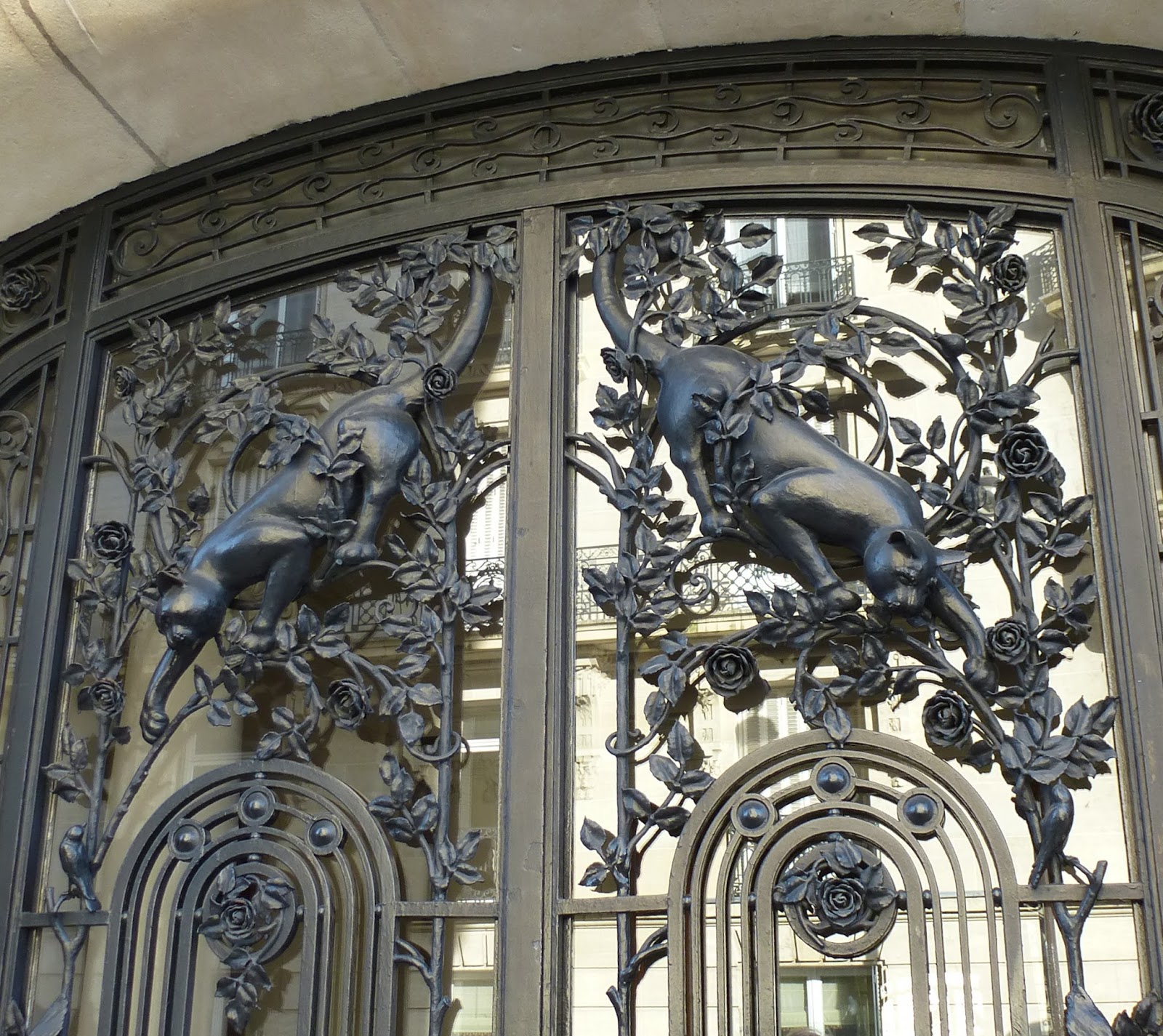Friday, March 28, 2014
Tuesday, March 25, 2014
FLATTERY WILL GET YOU CAMEMBERT
Fact and fable
Renowned and brilliant seventeenth-century fabulist, Jean de La Fontaine, watches the exchange between the crow and the fox in the Jardin Ranelagh, Paris. The fox, who sees a crow with a piece of camembert cheese, flatters him by telling him that he surely must be the greatest of all songbirds. With his ego sufficiently inflated, the proud crow opens his beak to demonstrate his beautiful caw and the camembert falls to the feet of the wily fox.
La Fontaine, a master of turning phrases, reworked Aesop with a spirited and complex use of the French language. Nary a pupil in France has not memorized one of his fables.
La Fontaine, a master of turning phrases, reworked Aesop with a spirited and complex use of the French language. Nary a pupil in France has not memorized one of his fables.
Vocabulary
un corbeau: a crow
to caw: croasser
un renard: a fox
flatter: to flatter
un renard: a fox
flatter: to flatter
une tournure de phrase: a turn of phrase
remanier: to rework, to revise
Le Corbeau et Le Renard
Maître Corbeau, sur un arbre perché,
Tenait en son bec un fromage.
Maître Renard, par l'odeur alléché,
Lui tint à peu près ce langage :
"Hé ! bonjour, Monsieur du Corbeau.
Que vous êtes joli ! que vous me semblez beau !
Sans mentir, si votre ramage
Se rapporte à votre plumage,
Vous êtes le Phénix des hôtes de ces bois."
A ces mots le Corbeau ne se sent pas de joie ;
Et pour montrer sa belle voix,
Il ouvre un large bec, laisse tomber sa proie.
Le Renard s'en saisit, et dit : "Mon bon Monsieur,
Apprenez que tout flatteur
Vit aux dépens de celui qui l'écoute :
Cette leçon vaut bien un fromage, sans doute. "
Le Corbeau, honteux et confus,
Jura, mais un peu tard, qu'on ne l'y prendrait plus.
©2014 P.B. Lecron
Sunday, March 23, 2014
THOUGHT FOR THE DAY
Ce n'est point parce qu'il y a une rose sur le rosier que l'oiseau s'y pose: c'est parce qu'il y a des pucerons. -- from Journal by Jules Renard (1864-1910)
It's not because there is a rose on the bush that the bird alights on its branch: it's because there are aphids.
©2014 P.B. Lecron
It's not because there is a rose on the bush that the bird alights on its branch: it's because there are aphids.
Wrought-iron cats stealthily stalk their prey, a bird perched on the branch of a rose bush. The Art Nouveau work embellishes the entrance to the 1912 award-winning façade at 9 rue Louis Boilly, Paris. The building was designed by architect Charles Labro.
Vocabulary
un puceron: an aphid
©2014 P.B. Lecron
Tuesday, March 18, 2014
Monday, March 17, 2014
Sunday, March 16, 2014
CRESCENDO
View from a stairwell window inside the Château de Maintenon. At the end of the garden are the remnants of an abandoned aqueduct, part of the Canal de l'Eure project which was originally intended in 1686 to transport water from Pontgouin to Versailles. Designed to feed the fountains of the Château de Versailles, the ambitious and costly project's original plans were for a three-tier aqueduct that would surpass even the Roman Pont du Gard.
The ruins impart an incredibly romantic quality to the Renaissance château's grounds.
aller crescendo: to go higher and higher (figuratively)
©2014 P.B. Lecron
Friday, March 14, 2014
THE RITE OF SPRING
Quand l'abricot est en fleur, jours et nuits ont même longueur.
We haven't quite reached the March 20th vernal equinox, but it's approach is signaled by stunning apricot blossoms from friend and contributor Sylvia's garden near Uzès in the Gard. The French dictum tells us that when the apricot is in bloom, days and nights are of equal length.
©2014 P.B. Lecron
Subscribe to:
Posts (Atom)



















